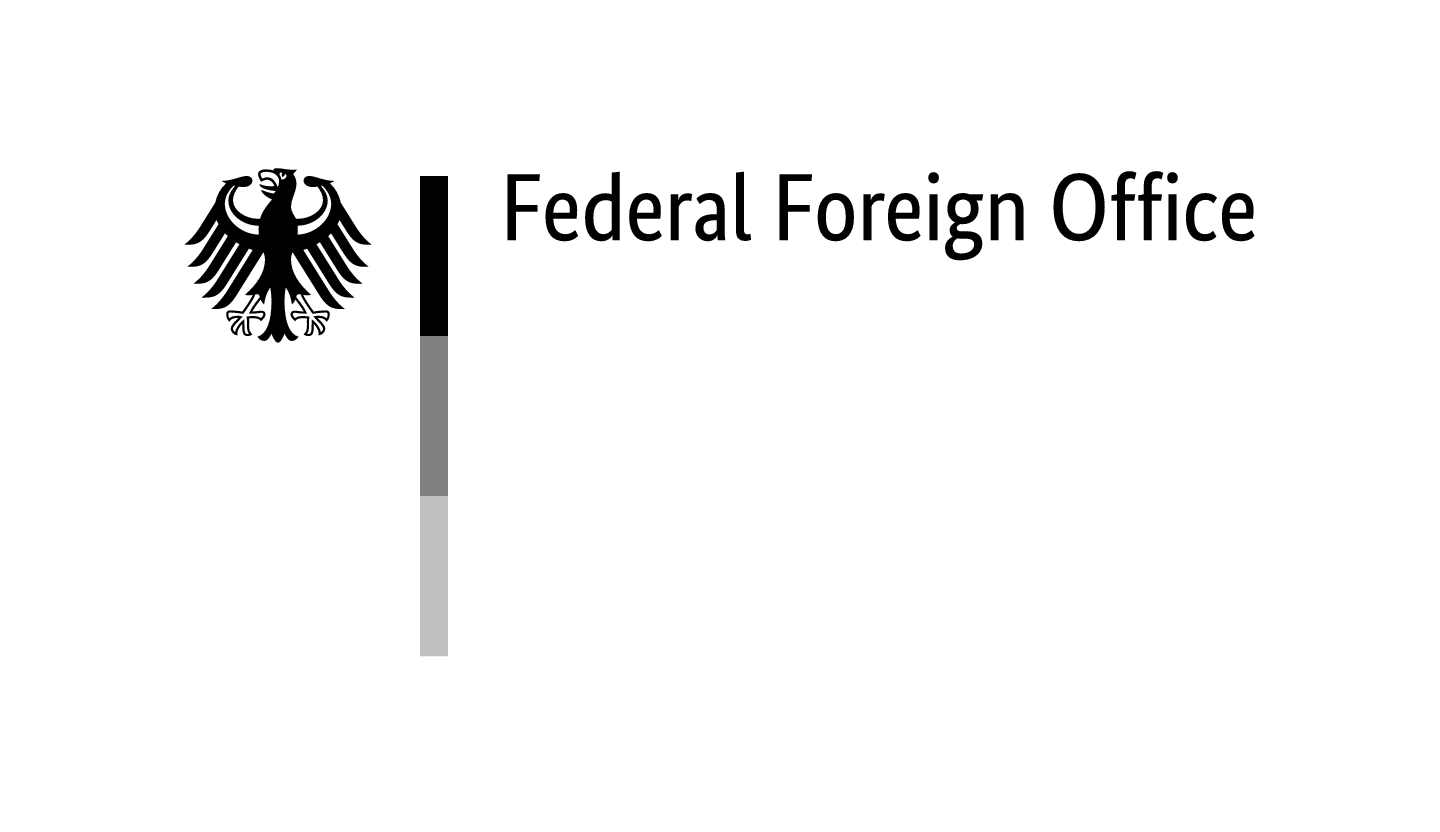The registration of ‘Gypsies, Gypsy Mischlinge and people living in Gypsy fashion’ in the Protectorate of Bohemia and Moravia took place during 1 to 3 August 1942. The date, terms of reference and operational instructions for this measure had been set by the ‘Decree on Combating the Gypsy Menace’, issued in the Protectorate on 24 June 1942. The implementing order accompanying the decree was issued by Horst Böhme (1909–1945), newly appointed General Commander of the Non-Uniformed Protectorate Police, on 10 July 1942. The implementation of this order was based on data about Roma that the police had been gathering since the 1920s and on regulations set out in Law No. 117/1927.
Implementation
The order was carried out mainly by Czech gendarmes, supervised by higher ranking police authorities and supported by district and municipal authorities. Those previously labelled as ‘Gypsies, Gypsy Mischlinge and people living in Gypsy fashion such as tinkers, scissor grinders, showpeople, insofar as they do not have their own trade with a permanent place of residence’ were forbidden to leave their place of residence from 1 to 3 August 1942.
On 2 August 1942 they had to appear at the local Gendarmerie stations. There, gendarmes questioned them and, on the orders of the German authorities, created extensive documentation about each individual, placing special emphasis on their ancestry and family relationships going back as far as three generations, as well as on information helpful for the identification of individuals, including photographs and fingerprints. According to the implementation order, the documentation was collected by the Reich Central Office for Combating the Gypsy Nuisance in Berlin.
Impact
During the process of registration, gendarmes also had to make decisions about the ‘racial’ categorisation of individuals. Based on their judgement, people were either deported to the ‘Zigeunerlager’ Lety near Pisek or Hodonin near Kunstadt immediately or handed a paper explaining to them that in case they violated any regulations or did not continue working the way they did now, they would be taken into ‘preventive custody’, which meant internment in one of the camps in the Protectorate or deportation to Auschwitz concentration camp.
The decision about racial categorisation taken by the Czech gendarmes was preliminary; the final decision was reserved for the German Kriminalzentrale [Criminal Police Headquarters] in Prague. Technically, evidence of permanent employment should have prevented internment, but if the gendarme and the local employment office agreed that a certain person should be sent to a camp, this rule was set aside.
In total, 11,886 people were subjected to this registration, of whom gendarmes preliminary categorised 5,860 as ‘racial Gypsies’ or ‘Gypsy Mischlinge’. Around 2,000 people were immediately sent to the Lety near Pisek and Hodonin near Kunstadt camps. Those, who were not interned immediately could continue their lives in relative freedom outside the camps, but they were kept under strict police surveillance until their deportation to Auschwitz-Birkenau concentration and extermination camp.
The whereabouts of the records compiled in 1942, which are of great value for historical research as well as for the survivors and their relatives, have still not been clarified.




